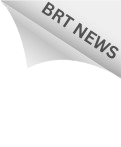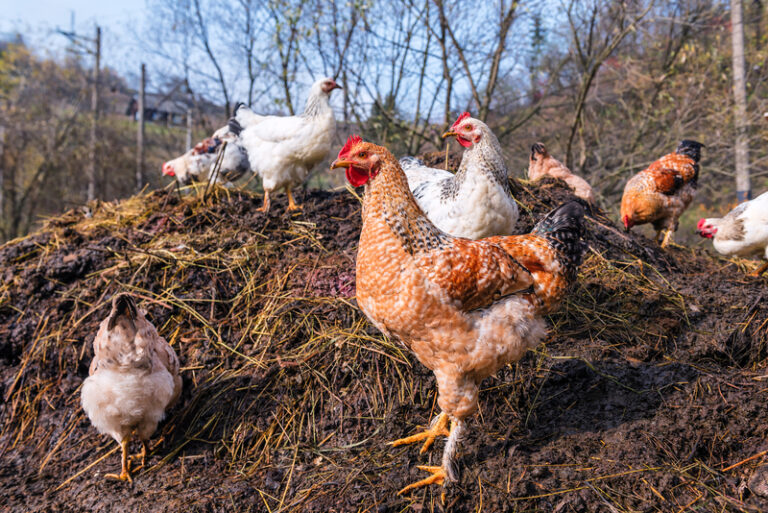In this paper, we focused on the influence of fallen leaves from the urban ecosystem as a cellulose-containing additive in the process of anaerobic digestion of poultry litter.
Highlights
Using X-ray fluorescence analysis, the elemental composition of the mineral component of dried leaf samples was determined.
In the process of studying the anaerobic digestion of poultry litter with cellulose-containing co-substrate, the doses of the dry leaves were analysed at 15%, 30% and 45% of the dry matter (DM) of leaf additives as a co-substrate.
The obtained results indicated that the cellulose-containing co-substrate from the dried leaves after preliminary preparation can intensify biogas evolution and reduce the lag phase of the production of methane in the anaerobic digestion of poultry litter. Additionally, the optimal content of dry leaves was determined at 30% on the DM. A further increase in the percentage did not lead to significant changes in the indicators of anaerobic digestion.
The use of a modified Gompertz model and the kinetic parameters of the methanogenesis process with the formation of a system of differential levels will provide more insights for their effective use in predicting and optimizing anaerobic digestion, which will be carried out in further studies.
The analysis of the production of poultry waste showed promising growth in the forecast of its formation and high resource potential of using chicken manure for bioenergy purposes. At the same time, it is important to study the processes of co-fermentation of poultry manure with cellulose-containing co-substrate, which has a positive effect on the digestion process and obtaining the best qualitative and quantitative parameters of the resulting bioproducts, such as biogas and digestate.
Such information are crucial to be known not only from the point of view of improved co-digestion, but also from point of view of valorisation of fallen leaves from the urban ecosystem.
for economic and energy reason and will contribute significantly to the decision-making processes about appropriate feedstock used in Ukraine.
You can read more about it HERE.


